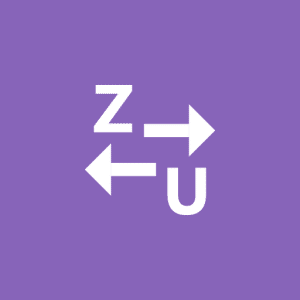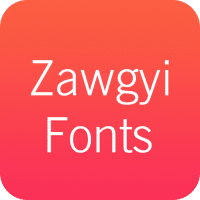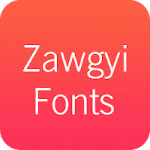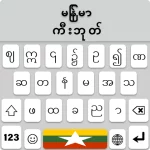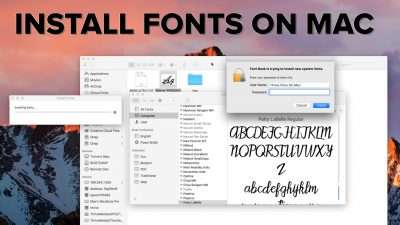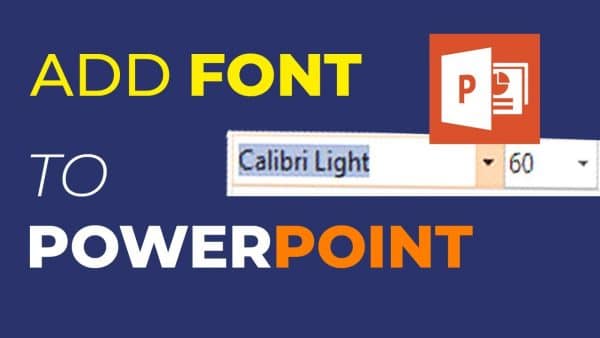Unicode to Zawgyi – How to Convert Text From Unicode to Zawgyi?
Unicode to Zawgyi is a new app that allows users to convert text from a Unicode-compatible font to a Zawgyi-compatible font. It’s a solution that will make it easier for people in Myanmar to communicate with each other on the internet.
Until recently, most people in Myanmar used the private and partially-Unicode-compliant Zawgyi fonts when they communicated on the internet. However, this month, the government instructed all social media platforms and press outlets to use Unicode-compliant fonts.
How does it work?
Myanmar is set to make a big change on October 1 when the home-grown Zawgyi font encoding system will be replaced by the Unicode encoding system. The switch has the potential to leave many users in the dark, as they’ll not be able to input text using their preferred Zawgyi fonts.
It can also cause problems for backend software, as it requires customization to present the font correctly. Some companies have tried to solve this problem by offering an option to let users select whether they want to use their sites in Burmese or Unicode, but this adds complexity to the client and server.
For websites, it’s important to detect when a user is changing their encoding, and automatically load the page in the encoding that they prefer. This can be done via a browser or a converter plugin, depending on the site’s needs. Alternatively, a web font can be embedded on the website to allow modern browsers to display text in a compatible font without requiring a download of the font itself.
Getting started:
Unicode is an international standard for encoding, representing, and handling text. It was developed to ensure that text is correctly displayed on all devices – whether desktop computers, tablets, smartphones, or even car displays – no matter where they are in the world.
In addition to this, it enables non-Myanmar languages to be represented, allowing for menus in apps and websites to display both English and Burmese text. This has the potential to make it easier to translate UI and other content, which could be very useful in Myanmar and beyond.
However, ad hoc font encodings like Zawgyi are not supported by most browsers and can result in problems with search and comparison, as well as other language processing within a single document. Unlike Unicode, these ad hoc encodings do not allow for specific fonts to be installed on the target device.
Options:
Fortunately, there are a number of options available when it comes to dealing with the transition to Unicode. One is to use an automatic converter to prepare the text as needed.
Another option is to provide a switch on the page that allows users to choose their preferred encoding. This can make the page more user-friendly, but it does add complexity to the web page and server.
The third option is to use a character map application, which can help determine the encoding of the text. However, this is not a perfect solution and will result in some strings appearing incorrectly.
The most common typeface used for Burmese language content on websites is Zawgyi. Which uses a non-compliant version of the Burmese block of Unicode. Its code points are in an odd order, and it also requires a typing sequence from left to right for some characters. This is problematic for search engines that rely on typing in the correct order.
Conclusions:
Unicode is an international standard that defines how text characters should be stored. Processed, and represented on computer systems. This ensures that the same type of text is rendered correctly on any device anywhere in the world.
The international standard also ensures that the same characters can be used in different scripts and writing systems. That’s why it is used so widely.
As a result, apps and websites developed outside Myanmar assume that their users have devices. Phones, laptops, tablets, smartwatches, and car displays. They use the Unicode standard to display text on their screens.
However, for a large number of people in Myanmar. The Zawgyi font is the only way to communicate in Burmese online. This is a big burden, especially for ordinary users. Who have to adapt two different fonts systems that are not compatible on an everyday basis.

